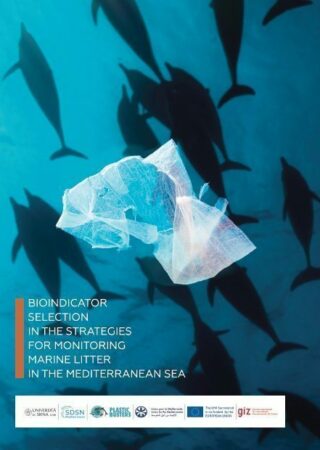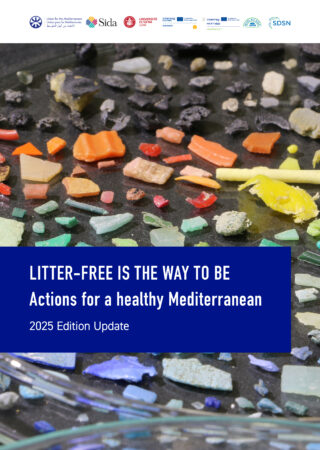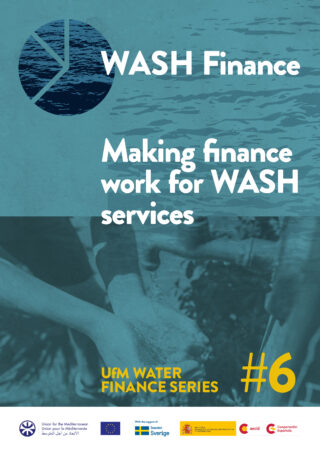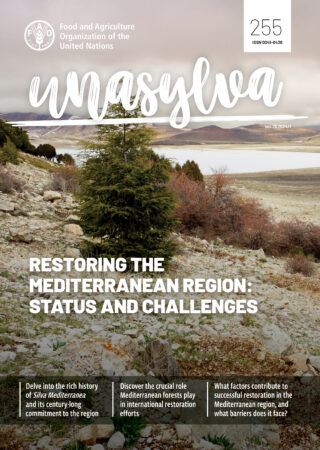
Monitoring Marine Litter in the Mediterranean
The Mediterranean Sea has been described as one of the areas most affected by marine litter in the world. Although the effects of plastic litter on the marine environment and marine organisms have been investigated recently in several oceanic areas, the information available on the Mediterranean Sea is poor. Despite the uncertainties and gaps in knowledge concerning the exact quantities, fate and biotic impacts of marine litter, current evidence is more than sufficient to highlight the urgent need to implement mitigation measures across the entire Mediterranean basin (UNEP/MAP, 2015). Such a need has been widely recognized, for example in the UNEP/MAP Regional Plan on Marine Litter Management of the Barcelona Convention (2013), covering the whole region, and in the European Union’s Marine Strategy Framework Directive (MSFD; 2008/56/EC), for European marine waters. The main objective of this document is to review the current knowledge on the impact of marine litter (mainly ingestion) on Mediterranean biodiversity and to propose a methodological approach to assessing marine debris and its impacts in the Sea, using marine organisms as bioindicator species and applying a new integrated monitoring tool to help develop and implement future governance and mitigation actions at basin scale. Bioindicator species play an essential role in monitoring marine litter at basin scale, and a harmonized approach to the choice of selection criteria, developed by the Plastic Busters partners, is presented. This document aims to contribute to understanding the fate and impacts of marine litter, and (i) reviews the information currently available on the impact of marine litter on Mediterranean marine organisms, (ii) defines selection criteria for the choice of bioindicator species, (iii) proposes a multiphase monitoring approach to detecting the presence and impact of marine litter in bioindicator species, and (iv) identifies gaps and further development needed. The threefold approach to monitoring combines assessment of the amount and type of litter ingested by a range of marine organisms with analysis of tissue for contaminants – ‘plastic tracers’, and with the analysis of biological responses (biomarkers) present in the organism. The document also includes three technical annexes: Annex 1, which sets out methodological details for assessing the presence and effects of marine litter on bioindicator organisms; Annex 2, which looks in more detail at the IMAP and the MSFD, including the descriptors and objectives for Good Environmental Status and targets for Marine Litter; and Annex 3, a table of Mediterranean species with documented marine litter ingestion.
Authors: Matteo Baini SDSN Mediterranean Dipartimento di Scienze Fisiche, della Terra e dell’Ambiente Università di Siena, Siena, Italy; Cristina Pedà Istituto Superiore per la Protezione e la Ricerca Ambientale (ISPRA) Laboratorio di Milazzo, Milazzo, Italy; Cristina Panti SDSN Mediterranean Dipartimento di Scienze Fisiche, della Terra e dell’Ambiente Università di Siena, Siena, Italy; Ilaria Caliani SDSN Mediterranean Dipartimento di Scienze Fisiche, della Terra e dell’Ambiente Università di Siena, Siena, Italy; Silvia Casini SDSN Mediterranean Dipartimento di Scienze Fisiche, della Terra e dell’Ambiente Università di Siena, Siena, Italy; Claudio Leonzio Dipartimento di Scienze Fisiche, della Terra e dell’Ambiente Università di Siena, Siena, Italy; and Maria Cristina Fossi Plastic Busters Project leader and coordinator SDSN Mediterranean Dipartimento di Scienze Fisiche, della Terra e dell’Ambiente Università di Siena, Siena, Italy
January 2018




